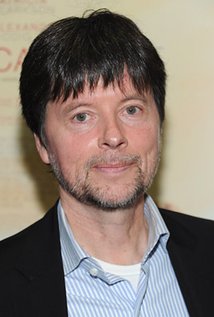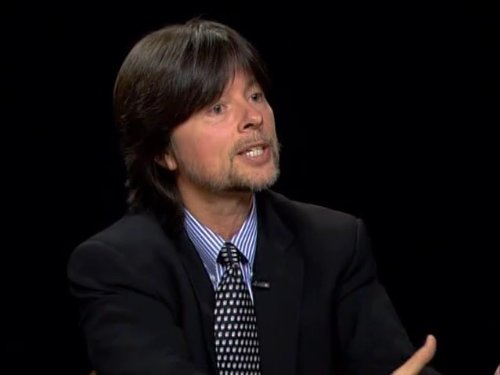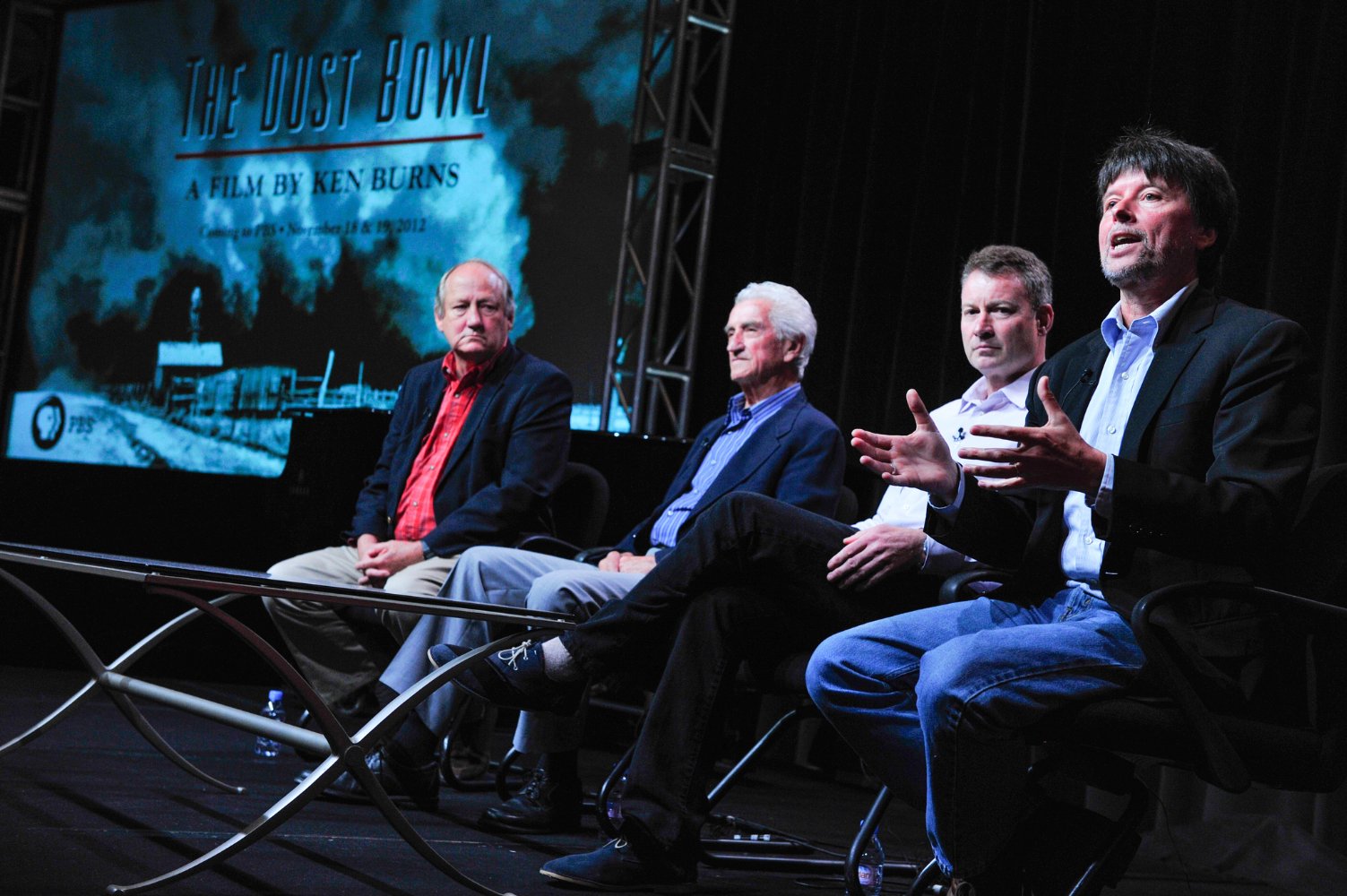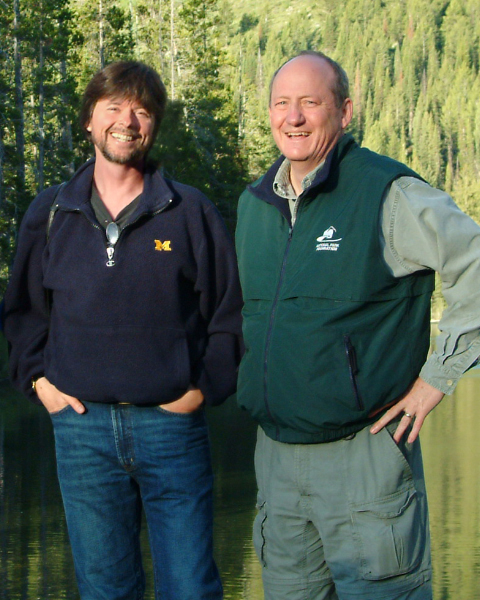
Ken Burns
Birthday:
29 July 1953, Brooklyn, New York, USA
Birth Name:
Kenneth Lauren Burns
Height:
170 cm
Celebrated American documentarian who gradually amassed a considerable reputation and a devoted audience with a series of reassuringly traditional meditations on Americana. Burns' works are treasure troves of archival materials; he skillfully utilizes period music and footage, photographs, periodicals and ordinary people's correspondence,...
Show more »
Celebrated American documentarian who gradually amassed a considerable reputation and a devoted audience with a series of reassuringly traditional meditations on Americana. Burns' works are treasure troves of archival materials; he skillfully utilizes period music and footage, photographs, periodicals and ordinary people's correspondence, the latter often movingly read by seasoned professional actors in a deliberate attempt to get away from a "Great Man" approach to history. Like most non-fiction filmmakers, Burns wears many hats on his projects, often serving as writer, cinematographer, editor and music director in addition to producing and directing. He achieved his apotheosis with The Civil War (1990), a phenomenally popular 11-hour documentary that won two Emmys and broke all previous ratings records for public TV. The series' companion coffee table book--priced at a hefty $50--sold more than 700,000 copies. The audio version, narrated by Burns, was also a major best-seller. In the final accounting, "The Civil War" became the first documentary to gross over $100 million. Not surprisingly, it has become perennial fund-raising programming for public TV stations around the country. Burns arrived upon the scene with the Oscar-nominated Brooklyn Bridge (1981), a nostalgic chronicle of the construction of the fabled edifice. The film was more widely seen when rebroadcast on PBS the following year. Though Burns has made other nonfiction films for theatrical release, notably an acclaimed and ambiguous portrait of Depression-era Louisiana governor Huey Long (1985), PBS would prove to be his true home. He cast a probing eye on such American subjects as The Statue of Liberty (1985), The Congress (1988) (PBS), painter Thomas Hart Benton (1988) (PBS) and early radio with Empire of the Air: The Men Who Made Radio (1991) (PBS). Burns returned to long-form documentary with his most ambitious project to date, an 18-hour history of Baseball (1994), which aired on PBS in the fall of 1994. He approached the national pastime as a template for understanding changes in modern American society. Ironically, this was the only baseball on the air at the time, as the players and owners were embroiled in a bitter strike. Show less «
[on the plowing up of the Great Plains and resultant dust bowl years] The old ranchers were saying 'Wrong side up'. The Indians knew it was ...Show more »
[on the plowing up of the Great Plains and resultant dust bowl years] The old ranchers were saying 'Wrong side up'. The Indians knew it was not right, that these buffalo grasses sent their roots five feet down to suck the moisture, but also hold the topsoil evolved over thousands of years. All of a sudden we were turning over that grass in an area larger than Ohio, and this was a marginal area anyway. This was the worst man-made ecological disaster in American history so far. Show less «
In so many films that I've done, short-sightedness is one of the major human themes. We live for the moment. No one's willing to do the nece...Show more »
In so many films that I've done, short-sightedness is one of the major human themes. We live for the moment. No one's willing to do the necessary rolling up the sleeves until the catastrophe happens. Show less «
[on the cinematic shooting of still photography] That's the DNA for everything I've done for the past thirty-five years. That attempt to loo...Show more »
[on the cinematic shooting of still photography] That's the DNA for everything I've done for the past thirty-five years. That attempt to look at a photograph and see time. To hear movement and sound, then search for the close-up, a tilt, a pan, a reveal. To create what the auteurs called 'mise en scene'. I wanted to be one of those auteurs when I was growing up, and abandoned it for the sheer power of fact. Show less «
I can look at a still photograph of building the Brooklyn Bridge and hear the workers hammering, the seagulls in the East River, the steam c...Show more »
I can look at a still photograph of building the Brooklyn Bridge and hear the workers hammering, the seagulls in the East River, the steam compressors hauling up big blocks of stone. You take an old photograph and you realize it has a past, it has a future. So what would it mean to go inside it? Show less «
















